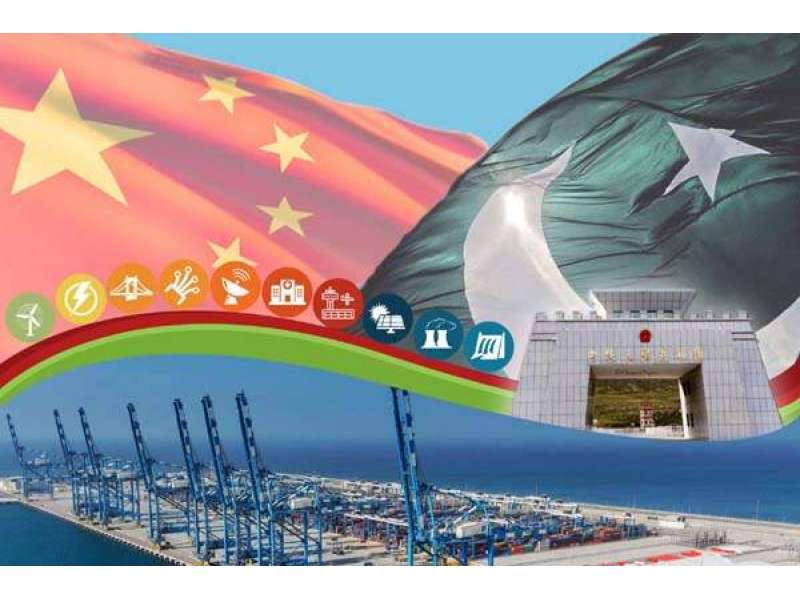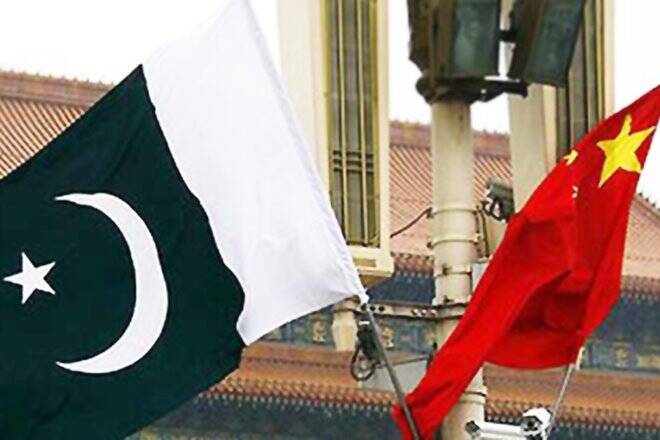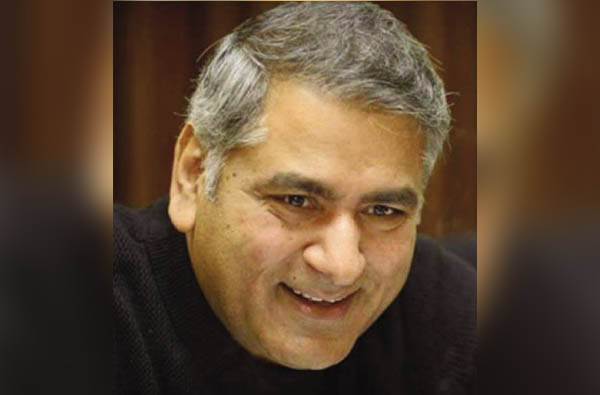Potential Threats Looming Over CPEC

China-Pakistan Economic Corridor (CPEC), often chanted as a game-changer for Pakistan has brought her national and international challenges. The significance of this joint venture between Pakistan and China is marked by the strategic and economic benefits. Pakistan being a developing and geographically important country can’t overlook such an opportunity that guarantees the development of infrastructure and energy resources.

On the other hand, for China CPEC is the key project in its Belt and Road Initiative (BRI) to achieve economic and strategic goals set forth. This shift in the strategic disposition of Pakistan from the US to China on a larger scale has left the US hostile to CPEC, thus leading to US-India strategic partnership. Through these developments, CPEC is confronted with severe external and internal challenges.
External Challenges
China Pakistan Economic Corridor (CPEC) is seen as a struggle for increasing the Chinese influence in the region by the United states (US). China is an emerging superpower; keeping in mind this fact the US is adopting a policy of containment against China. The US has grown closer to India, another important country signified by its hostilities towards Pakistan and China. India would never want to see infrastructure thriving in Pakistan. So, the US is taking full advantage of the opportunity to ally India against Pakistan and China.
The reason Pakistan has shifted its focus from the US to China is strongly based on terms of cooperation. China provides a win-win situation for Pakistan while the US demands Pakistan to follow its line on Afghanistan. Pakistan has come out of decades-long devastation that incurred severe economic and social and political losses. The democratic leadership in Pakistan is now determined to kick start economic progress on its terms preventing any breach of its sovereignty. The US and EU are skeptical about this level of Chinese investment in Pakistan.

The criticism is often based on their claim of the exploitative style of China in South Africa and other countries. They often regard CPEC as a debt trap and do propaganda to mislead the nationals of Pakistan.
The propaganda campaign is also observed at the diplomatic level with Senior US diplomat Alice Wells allegations against CPEC. She alleged blacklisted companies are being granted the contracts of the CPEC projects.
She raised objections over the transparency of CPEC projects and Pakistan paying CPEC loans through the amount it gets from IMF. India poses grave threats to CPEC with its claims over territories under Pakistani control, that provide routes from Pakistan to China. These claims halt the development of the infrastructure in these territories. Moreover, India has a border dispute with China.
The recent skirmishes between Chinese and Indian forces have made cooperation difficult in this region. The competition between China and India for influence in this region is bringing instability. Afghanistan stands out for its geostrategic importance for the world powers. Its land is being used by India to destabilize Pakistan. Planning, training of militants, and financing are carried out in Afghanistan.
An afghani citizen carried out a recent attack on Quetta Serena Hotel, claimed CTD. The attack was planned to kill the Chinese ambassador who was staying at Serena Hotel Quetta. These tactics are used by India and NDS, the Afghan intelligence agency to destabilize Pakistan and promote terrorism to halt the CPEC projects. Iran was developing Chabahar Port with India to compete with Gwadar Port. India is trying to increase its influence in Afghanistan and Iran through investments to support terrorist activities in Balochistan and Ex- FATA. The open borders with Afghanistan and Iran provide safe movements to terrorists. These uneven geographical conditions are a big challenge to the security of Pakistan and ultimately CPEC.
Internal Challenges
Domestically CPEC is also faced with several challenges ranging from socio-economic to security crisis. It seems sometimes that billion dollars investment of China is at risk. The political instability in Pakistan is a major hindrance to the development of this project. Although all the coming governments were interested to scale this project and allocate resources for it, the social disparities, corruption, and security issues have delayed its functioning.
The people of Balochistan and Sindh view CPEC as an exploitative and expansionist design of China. This discontentment has led to the formulation of several militant groups who claim the resources of Balochistan. Balochistan Liberation Army (BLA) is important to mention here which is involved in sabotaging the CPEC projects with assistance from India. Karachi stock exchange attack was carried out by the armed militia of BLA.
It was obvious from this attack that India doesn’t want to see investment coming in Pakistan. There has been a rift between the center and provinces due to unequal distribution of resources and immense exploitation. Their dissent rises due to covert policies with minimum input from stakeholders. The legal remedies provided to the chairman of CPEC and other staff are a flaw in the accountability system.
The chances of corruption are high under such legal remedies. Most recently the Chairman of CPEC authority Lt. Gen Asim Saleem Bajwa was under fire because of his Off-shore business. The development gap, lack of technology, and skilled labor is pushing this project back. Unemployment is flourishing despite such a huge project as China is inclined to import its engineers and labor for CPEC infrastructure development. The agricultural projects of CPEC are difficult to be completed because the locals of Punjab could resist the land grabbing by the state and CPEC authorities.
The Way Forward
Both Pakistan and China need to deal with these threats through effective measures. Pakistan has to review its domestic and international policies of economics and security. Pakistan is still on the grey list of FATF that is not a welcoming omen. The withdrawal of US troops from Afghanistan may cause serious security issues. Pakistan has to play its role in the stable government and economic development in Afghanistan. Because Afghanistan needs western economic assistance to rebuild, therefore Pakistan has to develop good relations with the US and the western world. With all these measures on the international level, Pakistan has to stabilize its political and security system. The equal distribution of resources and involvement of all the stakeholders in the CPEC projects will reduce security threats. The center needs to give representation to provinces for stable socio-economic growth.
The writer is a student of International Relations at BZU Multan




